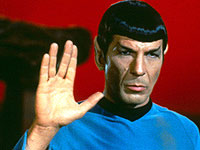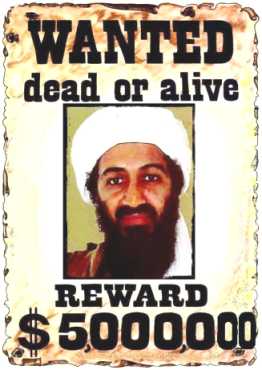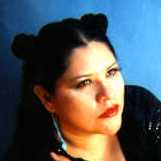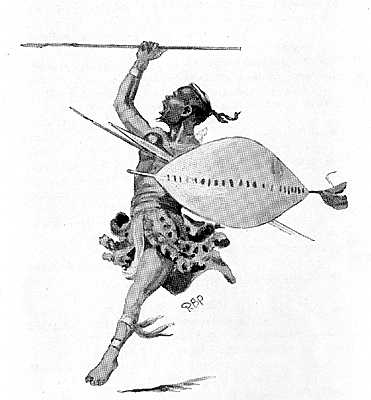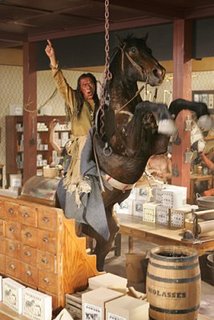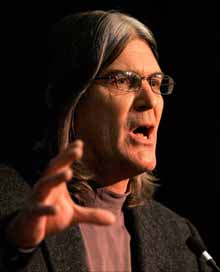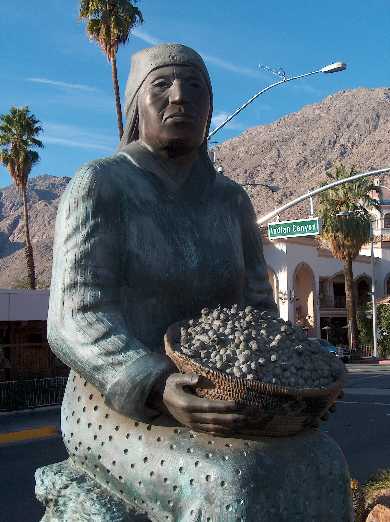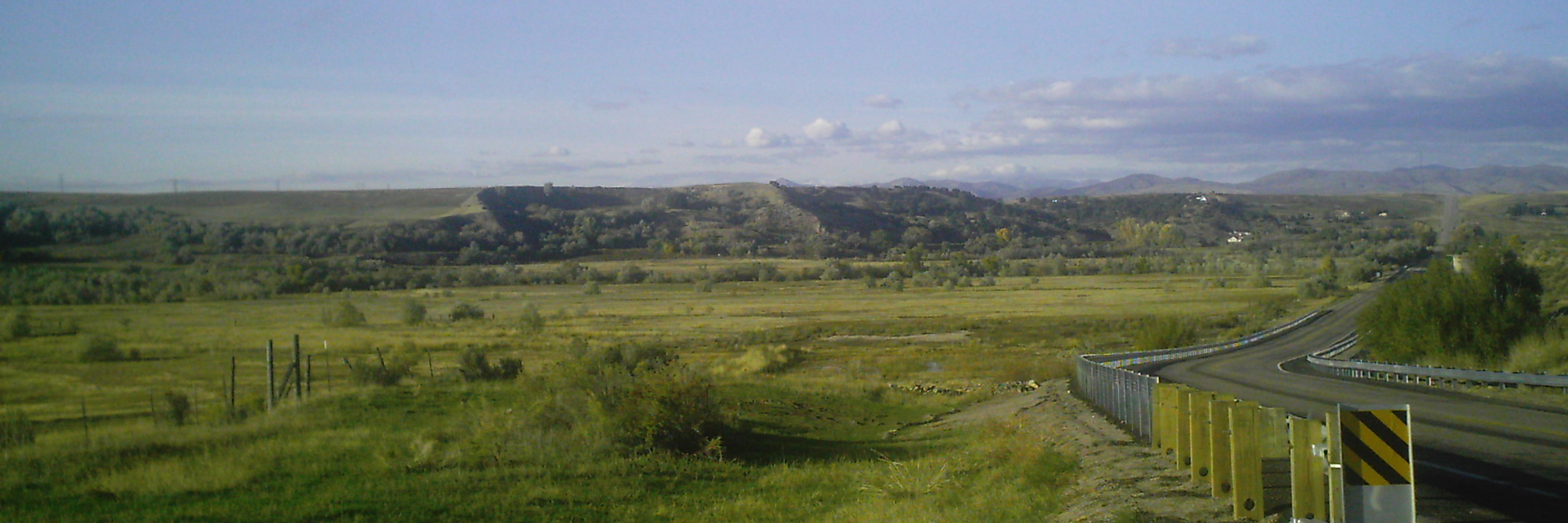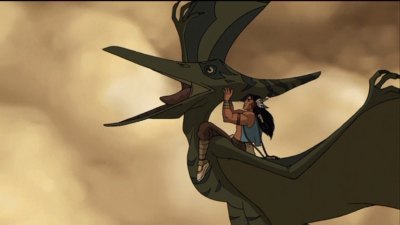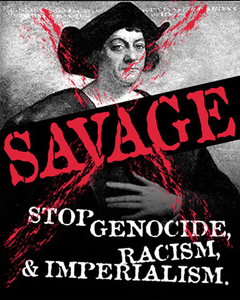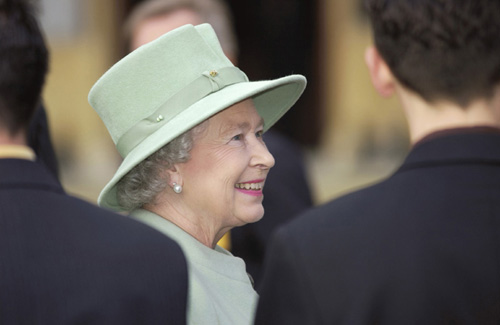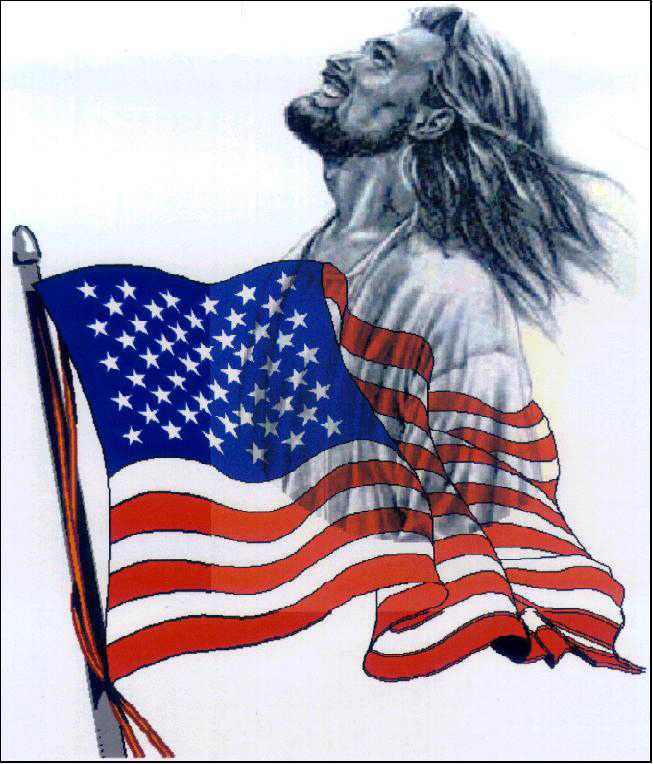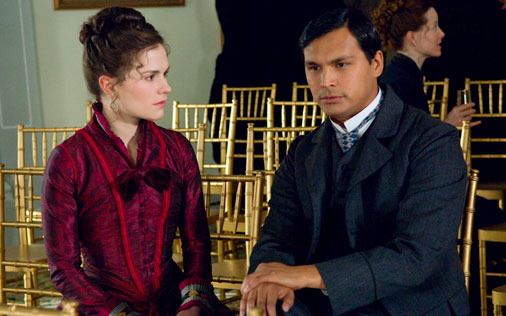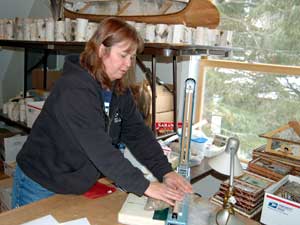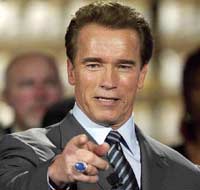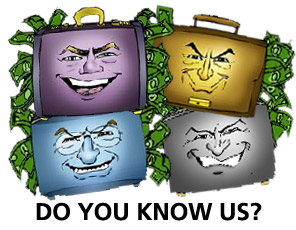The reviews raved about
The World Without Us by Alan Weisman. For instance, this one:
The World Without UsFrom Publishers Weekly
Starred Review. If a virulent virus—or even the Rapture—depopulated Earth overnight, how long before all trace of humankind vanished? That's the provocative, and occasionally puckish, question posed by Weisman (An Echo in My Blood) in this imaginative hybrid of solid science reporting and morbid speculation. Days after our disappearance, pumps keeping Manhattan's subways dry would fail, tunnels would flood, soil under streets would sluice away and the foundations of towering skyscrapers built to last for centuries would start to crumble. At the other end of the chronological spectrum, anything made of bronze might survive in recognizable form for millions of years—along with one billion pounds of degraded but almost indestructible plastics manufactured since the mid-20th century. Meanwhile, land freed from mankind's environmentally poisonous footprint would quickly reconstitute itself, as in Chernobyl, where animal life has returned after 1986's deadly radiation leak, and in the demilitarized zone between North and South Korea, a refuge since 1953 for the almost-extinct goral mountain goat and Amur leopard. From a patch of primeval forest in Poland to monumental underground villages in Turkey, Weisman's enthralling tour of the world of tomorrow explores what little will remain of ancient times while anticipating, often poetically, what a planet without us would be like.But it got an inordinate amount of negative reviews on Amazon.com. Roughly a quarter of them gave it three stars or fewer. I'm with them on this one. In other words, the nays have it.
Good Idea, Poor Execution, October 22, 2007
By Salacious Crumb (Tat)
This book was an interesting idea but was poorly done.
The book strays from the main subject far too often, typically on discussions about "the world before us." The author also has a somewhat misguided understanding of evolution and other biological processes that occur over geologic time.
Broad But Shallow, October 9, 2007
By Chris Loh (New York, New York USA)
Fascinating idea; mediocre execution. The concept of exploring humanity's impact on the environment by imagining its absence is a good one, but while the first half of the book is on-message and absorbing, the remainder reads like a sprawling collection of NY Times Science Tuesday articles inserted to pad things out to book length. Those suspicions are corroborated by the stand-alone nature of the chapters and their rather arbitrary arrangement; starting at the back or in the middle of the book won't harm your understanding of the material. A lot of the chapters that match up squarely with Mr. Weisman's premise--namely the descriptions of Northern Cyprus, Chernobyl, the Korean DMZ and Kingman Reef, which are returning to nature in interesting ways--felt too short and superficial for me. Each of these areas, on its own, would have been worthy of an entire book.
Having been impressed by Jared Diamond's "Collapse," I was largely expecting Mr. Weisman to do for the future what Mr. Diamond did for the past. I was disappointed. "World Without Us" is a decent compilation of (mostly) ecology-related reporting, but don't expect more from it than that.
Not What I Expected, December 29, 2007
By Brandon Whitfeld "caulfield0" (nyc)
I respectfully disagree with most of the reviews I've read here.
No one can argue that this book is thought-provoking, scientifically relevant, and thoroughly researched. While an intriguing (although, think about it, ultimately pointless) concept, the book reads like my 7th grade social studies textbook: dry, dull, wordy. It even has those superfluous black & white photo caps (a tree, a plant, a tool, a building) that make me yawn just by glancing at them.
The trick with these types of books is to engage the reader, but Weisman, with his grand-scope "thought experiment" lacks that essential skill. With the notable exception of a chapter or two, where the imagery and thinking were aligned, I was genuinely nonplussed. I have no doubt that PHD candidates in agriculture, botanists, farmers, and environmentalists are all sitting around their greenhouses with their shrubs drying up and day-old caked mud falling off their boots cause they can't put this down. I, however, am I "layperson" in these matters and I was bored stiff.
WORLD WITHOUT FOCUS, October 1, 2007
By Roger A. Ross (Strafford, PA USA)
While this is undoubtedly an intriguing premise, the authors drive readers away in droves by incessantly listing example after example of every conceivable tree, bush, weed, bird, or other creature that currently inhabits a region, is endangered, or will hypothetically be lost in or will repopulate the "world without us." Most frustrating, however, is their inability to focus. The book bounces around like an atomic powered "Superball." One minute we're in Africa with the Masai, the next we're in precolumbian Central America, the next were in 19th Century England, then to Chernobyl. If there was ever a book that could benefit from editorial discipline, this is it.
Could have been better, November 13, 2007
By Andreas Mross (Sydney, Australia)
The topic holds a lot of promise; this book just doesn't deliver.
I think the problem is with the writing. The approach taken is very similar to that seen in Jared Diamond's books; in each chapter, introduce a different place in the world, discuss it's specific situation or history, then draw out a more general conclusion from the more specific situation. It's worked for Jared Diamond, but it doesn't work here. The problem is that in many chapters the author does too good a job of concealing what general point he is trying to make; several times I found myself thinking "This is a moderately interesting story... but what does it have to do with the topic of the book?" After finishing some chapters I found I still wasn't sure!
The writing style also grates. He uses a kind of journalistic, "reporter on the scene" approach. "Jim swiveled clockwise in his chair, as he revealed the true reason behind the drop in pH in the Pacific's coral atolls!" There is a perplexing amount of fluff regarding scientist's hairstyles, what they're wearing, where they went to school and other filler. I guess the idea is to do the "popular science" "let's make science relevant to the common man" thing; by fleshing out the otherwise faceless scientists with details of their lives and personalities. Boring. If the science itself isn't interesting, don't expect the scientists to make up for it!
The World Without Us, November 29, 2007
By frequent reader
The title was the lure which made me choose the book. The writing was disorganized and the book very unreadable. It was chosen for book club. The consensus was unanimous. One of the worst reads we have had.Comment: I'm wondering what Weisman's political philosophy is. I couldn't tell from the book, but I thought there was a subtle bias toward the status quo. Condemnations of today's political and technological decisions were curiously absent, as were hosannas to environmentalists and indigenous people for raising alarms.
At the end, Weisman proposes a simple fix that would supposedly cure the earth's problems: limit each person to one child. Nice, but that isn't going to happen, obviously. What might happen is the emergence of a global ecological ethos combined with agreements to limit overconsumption, pollution and greenhouse gases, overfishing and deforestation, etc. But Weisman doesn't go there for some reason--perhaps because he doesn't believe in government action.
Those awful IndiansHis three significant mentions of Native people are gratuitous and negative. He opens the book with an account of the Zápara Indians of Ecuador. Devastated by Western incursions, they now get drunk when they gather (except for one old woman).
Clearly, they've lost the old ways, but I'm not sure what the point of this anecdote is. If Indians no longer care about the environment, you can't blame Westerners for not caring either? Weisman would convey a different message if he began with a story of Indians fighting for the environment--for instance, the Hopi-Navajo battle to protect the San Francisco peaks from recycled wastewater.
In the second case, he goes on about Paul Martin's explanation of the Pleistocene megafauna extinction. Namely, that the Indians did it. Even Shephard Krech III treated this as a controversy with two sides in his anti-Indian book
The Ecological Indian. And since that book came out, scientists have increasingly found environmental explanations for the large-scale extinctions.
But in
The World Without Us, there's no alternative. The Paleo-Indians are guilty of mass-murdering species. Weisman even quotes Martin saying it "amounts to genocide."
And how is this relevant to Weisman's depiction of how the world will crumble without us? Who knows?
I guess he deems it a "cautionary lesson," but no one's planning to hunt cows or chickens to death with stone-tipped spears. We're not reading this book for misguided moral lessons. We're reading it to revel in decaying skyscrapers, power plants, and monuments.
Maya collapsed...so?In the third case, Weisman discusses the collapse of the Maya civilization. Based on one researcher's findings, he concludes the Maya destroyed themselves through warfare. While this undoubtedly was part of the cause, he downplays the environmental factors.
Again, Indians are guilty of bad behavior. And again, the point of this is unclear. Weisman offers the lame excuse that it's a chance to contemplate the disappearance of a civilization.
Maybe, but many civilizations--from Rome to the Soviet bloc--have fallen throughout history. Weisman's thesis isn't to beware the evils of war, so how is the Maya example relevant? Answer: It isn't. It appears to be gratuitous Indian-bashing.
These examples are typical of the bouncing-around the reviewers described. It's as if Weisman found these interesting bits during his studies so he had to shoehorn them in. By implying or imagining a connection between them and the end of the world, he doesn't have to waste his research. He gets to regale us with colorful stories that are likely to impress the uncritical.
Conclusion: I'm fascinated by this "end of the world" stuff. I had high hopes for
The World Without Us. But I had trouble slogging through it. Save your time and money for something better--e.g., the PEACE PARTY graphic novel.
Rob's rating: 5.5 of 10.







